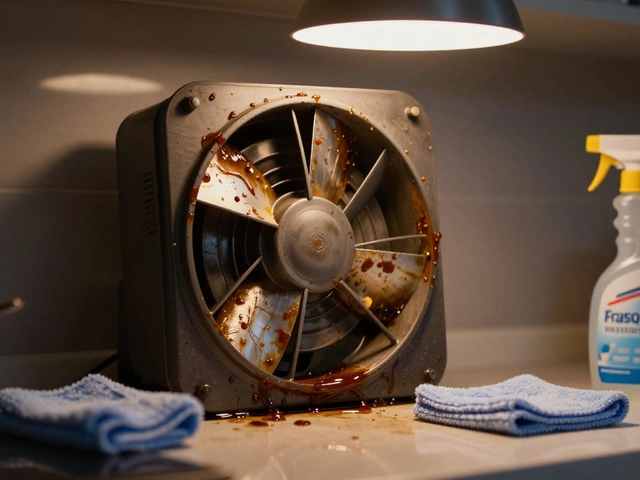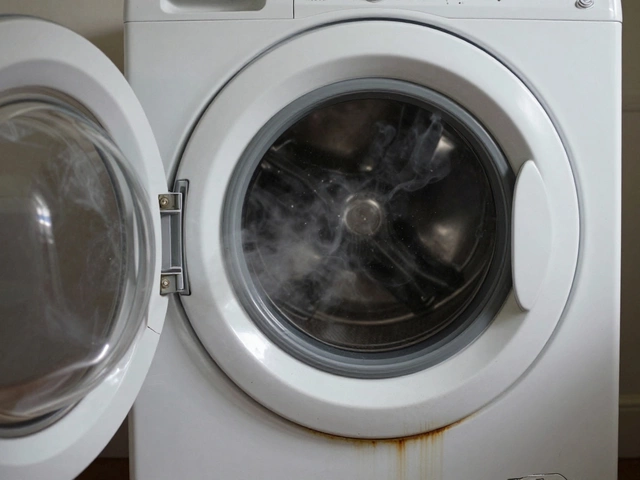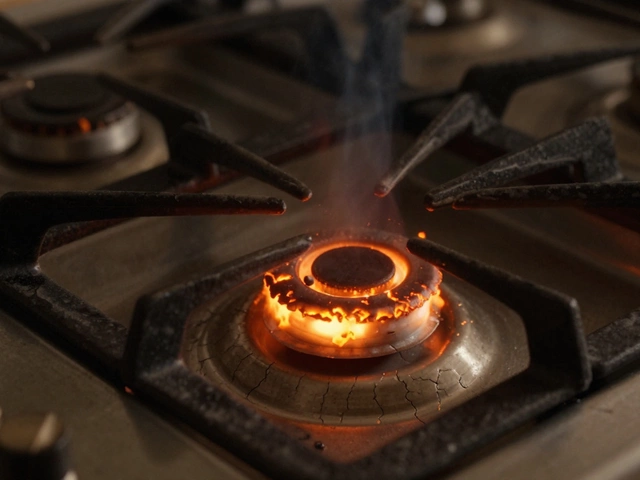Common Fridge Issues You Can Spot Today
Ever open the freezer and wonder why the ice cream is turning mushy? Or stare at the fridge door and see a fog of condensation that just won’t go away? Most of those headaches boil down to a handful of common problems that you can often diagnose yourself. Below we break down the usual suspects, what they feel like, and the steps you can take before dialing a repair tech.
Why Your Fridge Might Stop Cooling
First thing to check is the thermostat. Many people set it too low or too high, thinking a colder setting means a cooler fridge. In reality, the thermostat controls the compressor cycles – set it too cold and the compressor will over‑work, causing it to shut off early. If the fridge feels warm inside, turn the dial a few notches up and wait 24 hours.
Next, look at the condenser coils. Dust‑covered coils act like a clogged radiator – the heat can’t escape, and the fridge runs hotter. Pull the fridge away from the wall, remove the back panel, and clean the coils with a vacuum brush. It’s quick, cheap, and often solves a noisy, warm fridge.
Another common culprit is the door seal. A cracked or dirty gasket lets warm air slip in, making the compressor work nonstop. Close the door on a dollar bill; if it slides out easily, the seal isn’t tight. Wipe the gasket with warm, soapy water or replace it if it’s cracked.
Fixes You Can Try Before Calling a Pro
Start with a power reset. Unplug the fridge for five minutes, then plug it back in. This clears any electronic glitches and lets the system reboot. It’s surprising how often a simple reset fixes strange error codes on modern fridges.
If the fridge is making a humming noise but not cooling, the evaporator fan might be stuck. Listen inside the freezer for a faint whir. If you don’t hear it, the fan could be clogged with ice or failed. Defrost the freezer (turn it off, leave the door open, and let the ice melt) and then clean any debris around the fan.
Water leakage is another frequent issue, usually from the defrost drain becoming blocked. You’ll see a puddle at the bottom of the fridge or a musty smell. Mix hot water with a little baking soda, pour it down the drain tube (often accessed via a small hole in the back wall), and flush with clean water.
When these DIY steps don’t bring the temperature back to the sweet spot, it’s time to call the pros. A seasoned technician can test the compressor, check refrigerant levels, and replace worn parts like the start relay or temperature sensor. Trying to fix these yourself without the right tools can cause more damage and void warranties.
At Weymouth Appliance Repair Services we know the pain of a warm fridge on a hot day. Our team can diagnose the issue fast, offer transparent pricing, and get your fridge humming again. Give us a call if you’re stuck, need a part, or just want a second opinion.
Remember, regular maintenance – cleaning coils, checking door seals, and defrosting when needed – keeps most fridge problems at bay. A little attention now saves you time, money, and a spoilage nightmare later.
Fridge Repair: What Is the Most Common Refrigerator Fix?
- Alden Wilder
- Apr 30 2025
- 0 Comments
Ever wondered what usually goes wrong with home refrigerators? This article covers the most common fridge repair, why it happens, and what you can do about it. You'll find practical tips, quick checks, and advice to avoid unnecessary breakdowns. Learn how simple fixes can save you money—and when it's time to call in a pro. Stop letting your groceries (and sanity) slip away from a busted fridge.
View More


